Judith Barrington's Writing the Memoir
Chapter 6 + 7
Memoirs are rarely straight chronological narratives, what with the musing we talked about last episode, and they almost always jump forwards and backwards in time. We discuss Judith Barrington take the mental Time Machine from her book Writing the Memoir, specifically the idea of the “Now” and how with a little signposting, readers can follow along. We also do a bit of grammar review (just a little) and discuss how we use tenses in our own books.
Then it’s onto the nearly ubiquitous chapter that every writing craft book has on: sensory detail. We cover the difference between concrete and abstract detail and the best practices for describing characters.
In this week’s exercise, we do some text analysis and we pick apart a short memoir timeline. Time to get our literature geek on!
Want to hear more of our exercise workshop? We post the bonus podcast, SnarkNotes, and detailed write up of the exercises on our Words to Write by Patreon account.
Remember, we have a Writers Process/Writing Sprint meetup every Wednesday. Check us out.
The Writing Exercise
Find two or three short memoirs (short-story length as opposed to book length) and, for each one, create a time line. As you make the time line, list in your notebook the words or phrases the author uses to pinpoint a particular time, whether it be a specific day or an identifiable span of time.
Moving Around in Time
Craft Book Mid-Point Blues
Welcome, Dear Reader, to the middle of the book! Barrington has taken us on a nice ride so far. She’s pointed out the highlights: musing, handling the truth, memoir form. Now that we’re a little over halfway through the Memoir Tour, the bus driver is nearing the end of her shift, and the advice from here on out feels a bit too obvious, even for an introduction to the form. In other words, Writing the Memoir has a mild case of the Craft Book Mid-Point Blues and it’s the freeway all the way back home.
Grammar Shmammer.
In this chapter, Barrington invokes every composition students’ worst nightmare: grammar. Even more frightening, she discusses verb tense (with definitions and examples and stuff). Even Renee’s inner comp teacher suffered some PTSD flashbacks (any other English 657 survivors from SFSU out there?) from her time in the sentence combining trenches while reading this one.
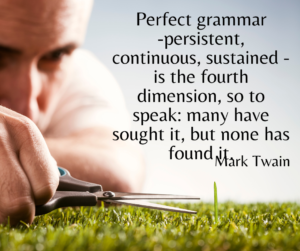
So is grammar instruction helpful for a writer? (depends on how it’s done). We’d argue it is part of the craft but not a deal breaker. We’re of the opinion you don’t need to be a master of the grammatical dark arts to cast a good spell (that’s what spell check is for🪄😜). Like Kim says in this episode: focus on rhythm and feel while you write. And like Renee says: read, read, read.
When Will Then Be Now...Soon....
Before Barrington talks tense, she brings up an important and extremely useful concept in memoir: the writer’s position in “now.”
“The first thing to remember is that there must be a ‘now.’ The reader must have a sense that the narrator is rooted in a particular moment from which he or she may look back, may speak in present tense, or may look forward to the future.”
The now doesn’t have to be a specific point in time, or a specific age. All that’s important is the reader knows the narrator/author is floating out there responding to events long after they’ve taken place.
Going Back to Present Tense in The 90's
If you open a fiction or memoir book written in the last forty years, odds are you’ll see the book written in past tense. At the time of Writing the Memoir’s publication (1996), Barrington says writing memoir in the present tense was a bit of a trend at the time, but poses problems, because “the writer (grammatically at least) limited her expressive options.”
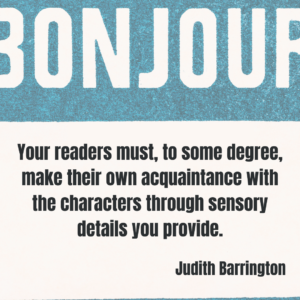
You might be saying, contrary to popular belief, the 90’s were more than ten years ago. To which we’d reply, stop interrupting we’re in the middle of a lesson here. So which tense do you use in your memoir? Whichever tense you choose, Barrington says to at least know why you made the choice (and, we’d add, a reason not so philosophical).
However you decide to tell the events of your life, the art of time travel in memoir requires at least a minimal understanding of grammar:
“If you don’t understand the mechanics of the language or fail to pay close attention to how your story is moving around in time, your reader will get lost.”
The solution? Simply invent a time machine. Or, just as easily, you could draw a timeline and time stamp all the moments in time you time travel to in your memoir. Create sign posts and phrases to alert the reader to the when and where these events took place, which is the activity Kim and Renee did in this episode.
Using Your Senses
Concrete vs Abstract
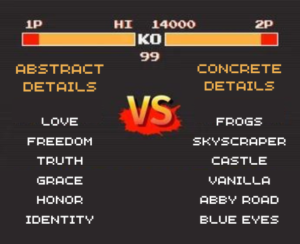
Talk about time travel, we’re going way back to basics with ‘show, don’t tell.’ But Barrington gives us a little bit extra here, which we appreciate. She says sensory details “push your story deeper, pull your reader closer, and lift the heart of the story out of obscurity into a sensory world that you and your readers can inhabit together.”
In other words, your goal isn’t just to create the “reader’s dream,” but to invoke a connection with the characters and places in the story. In essence, to make them care.
To Adjective or Adverb, That is the Question
Adjectives or adverbs are rather redundant. One trick we talk about on the podcast: tie your hands (ie, prevent yourself from writing an adverb or an adjective).

You’ll have to rely on a description of the character’s gait to stand in for being “clumsy” and relay through dialogue just how “angrily” the character said it.
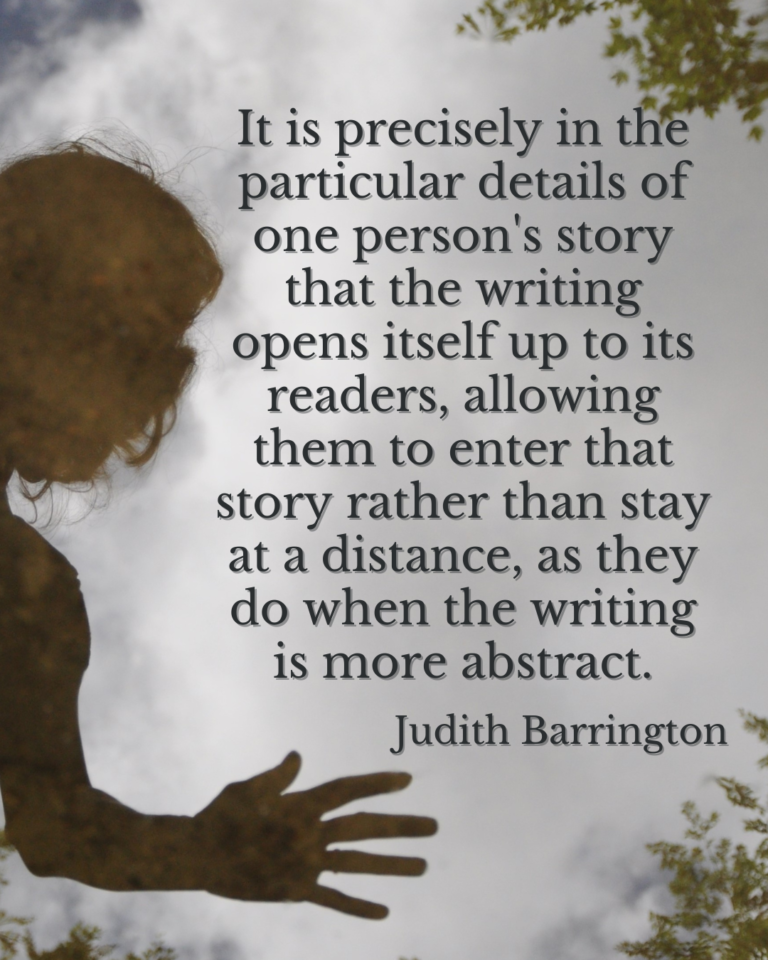
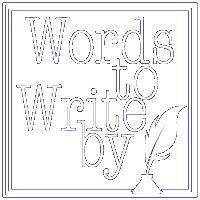
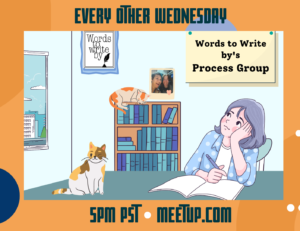
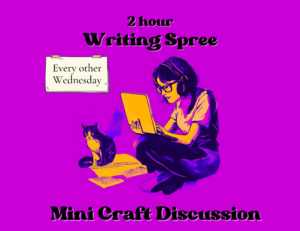
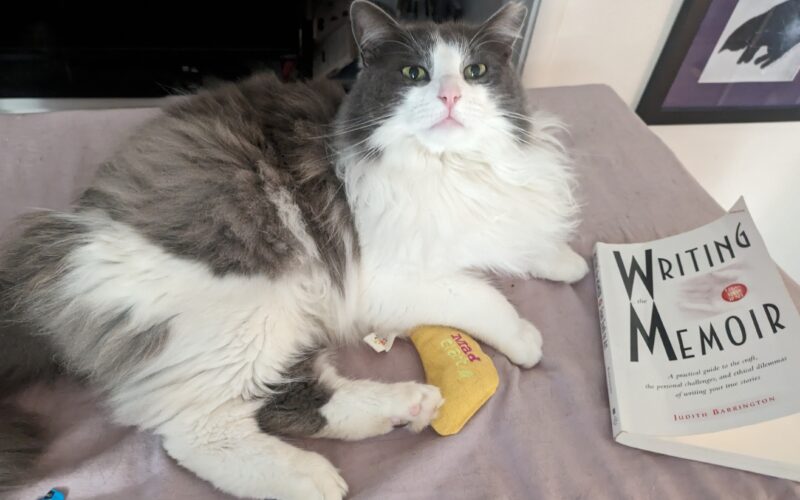
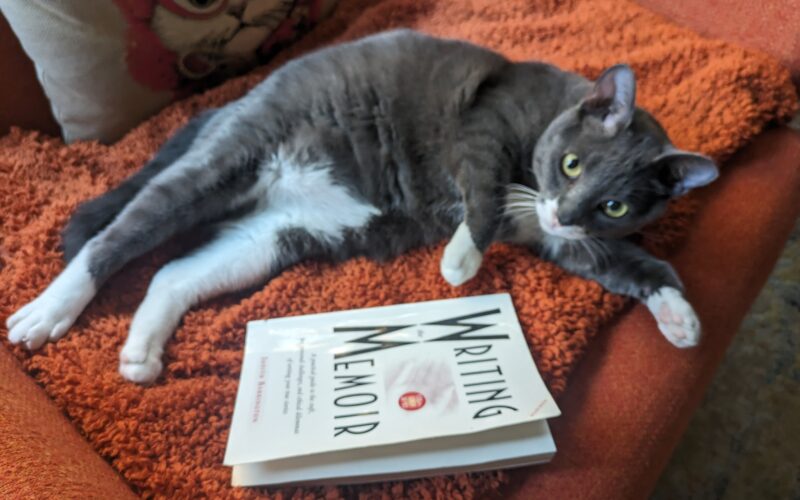
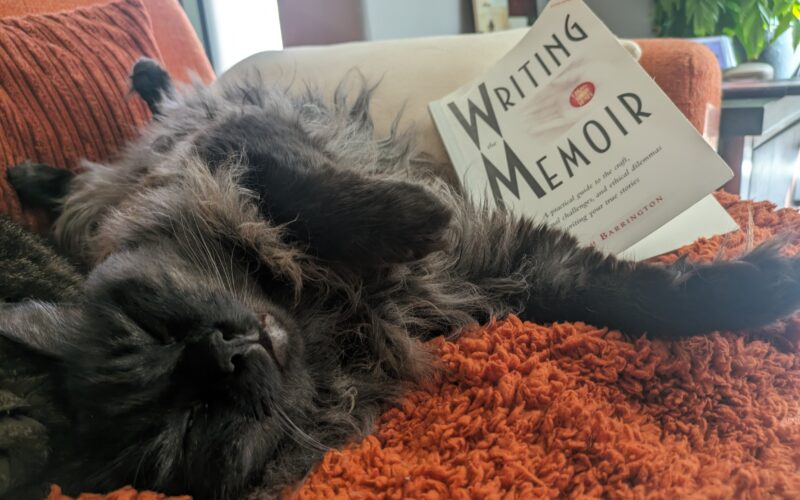
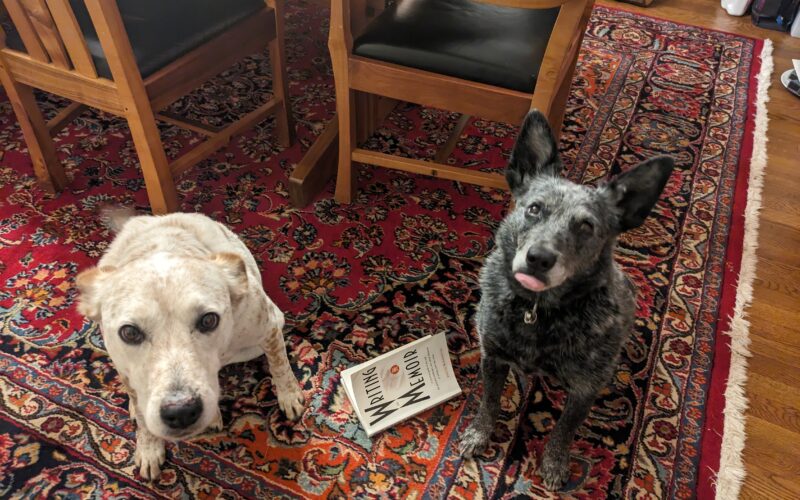
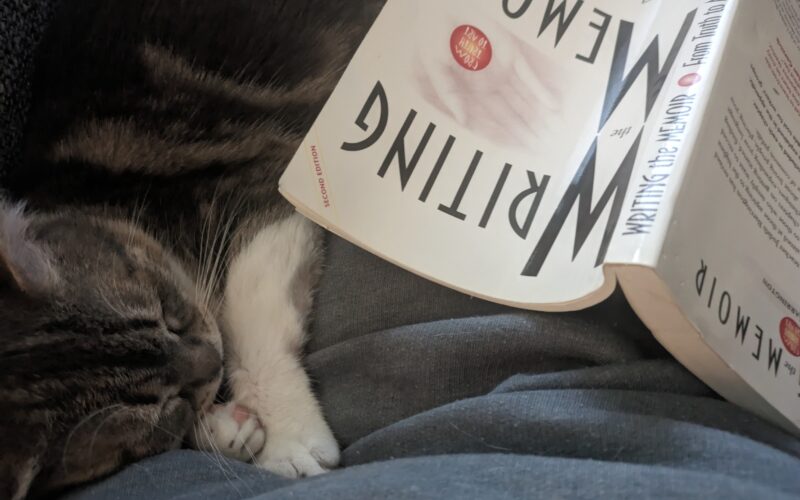
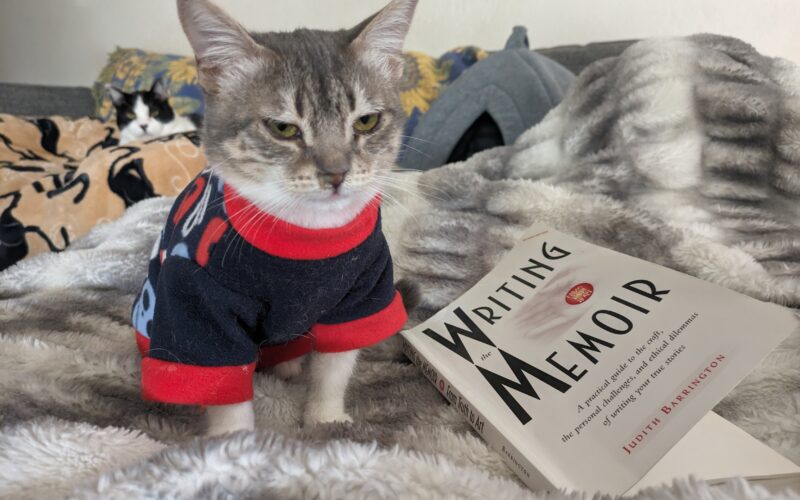
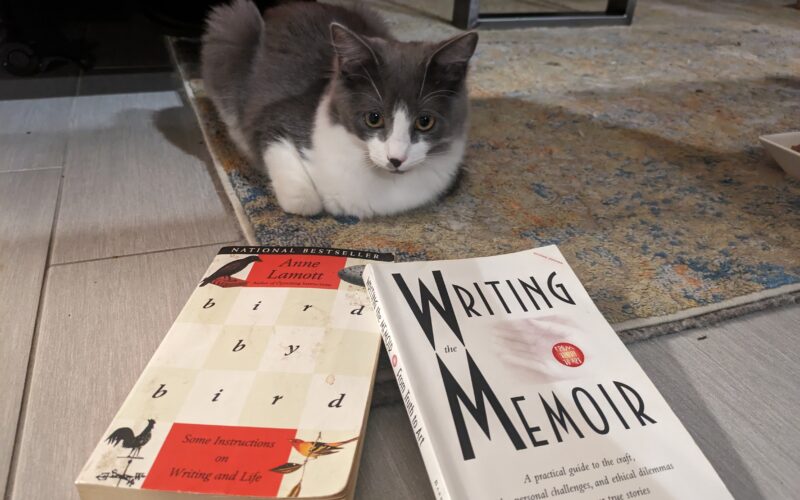
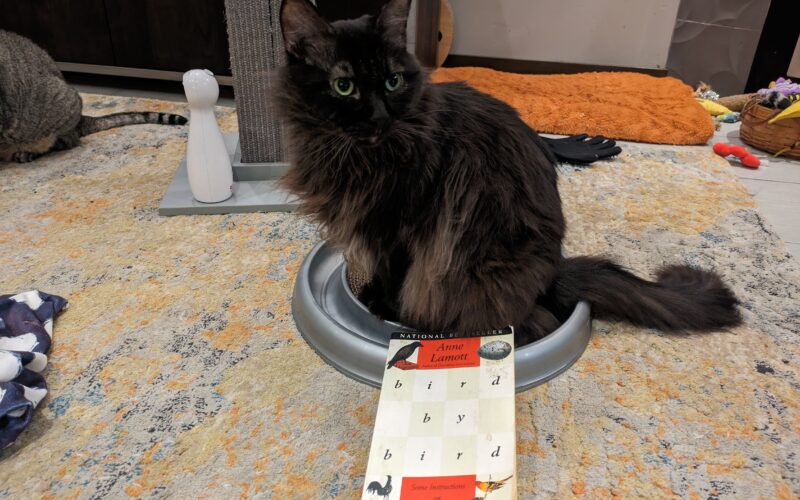
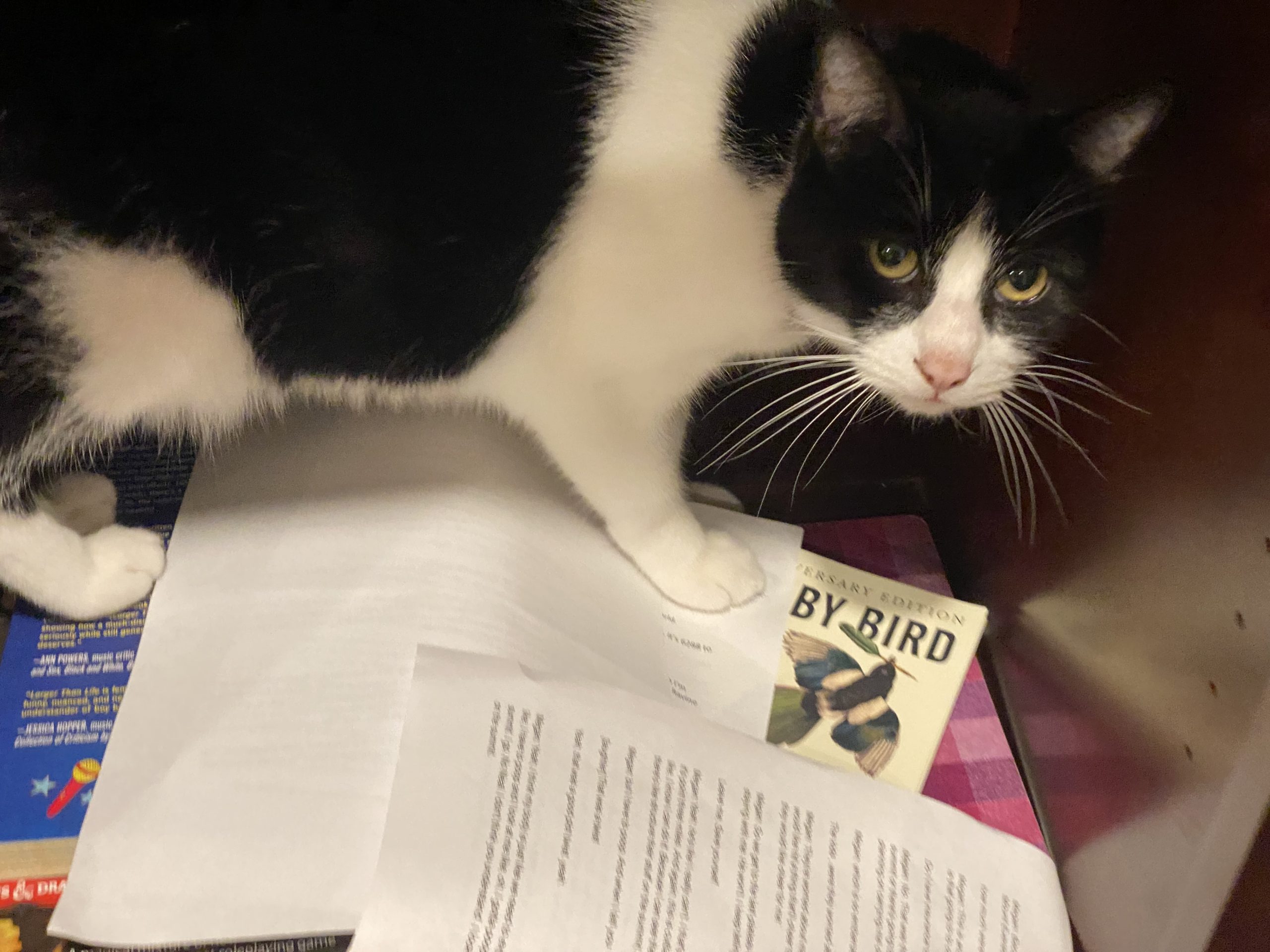
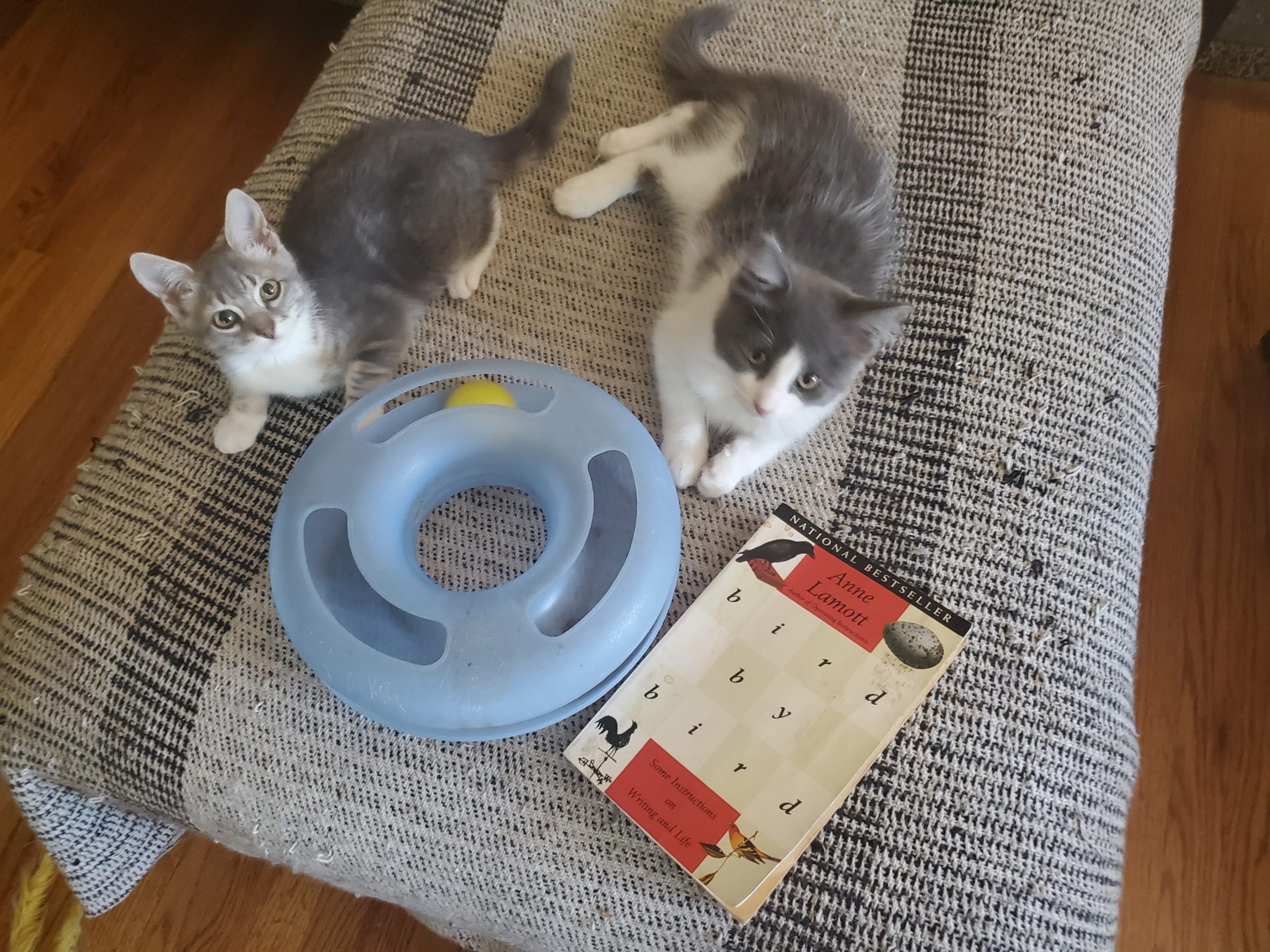
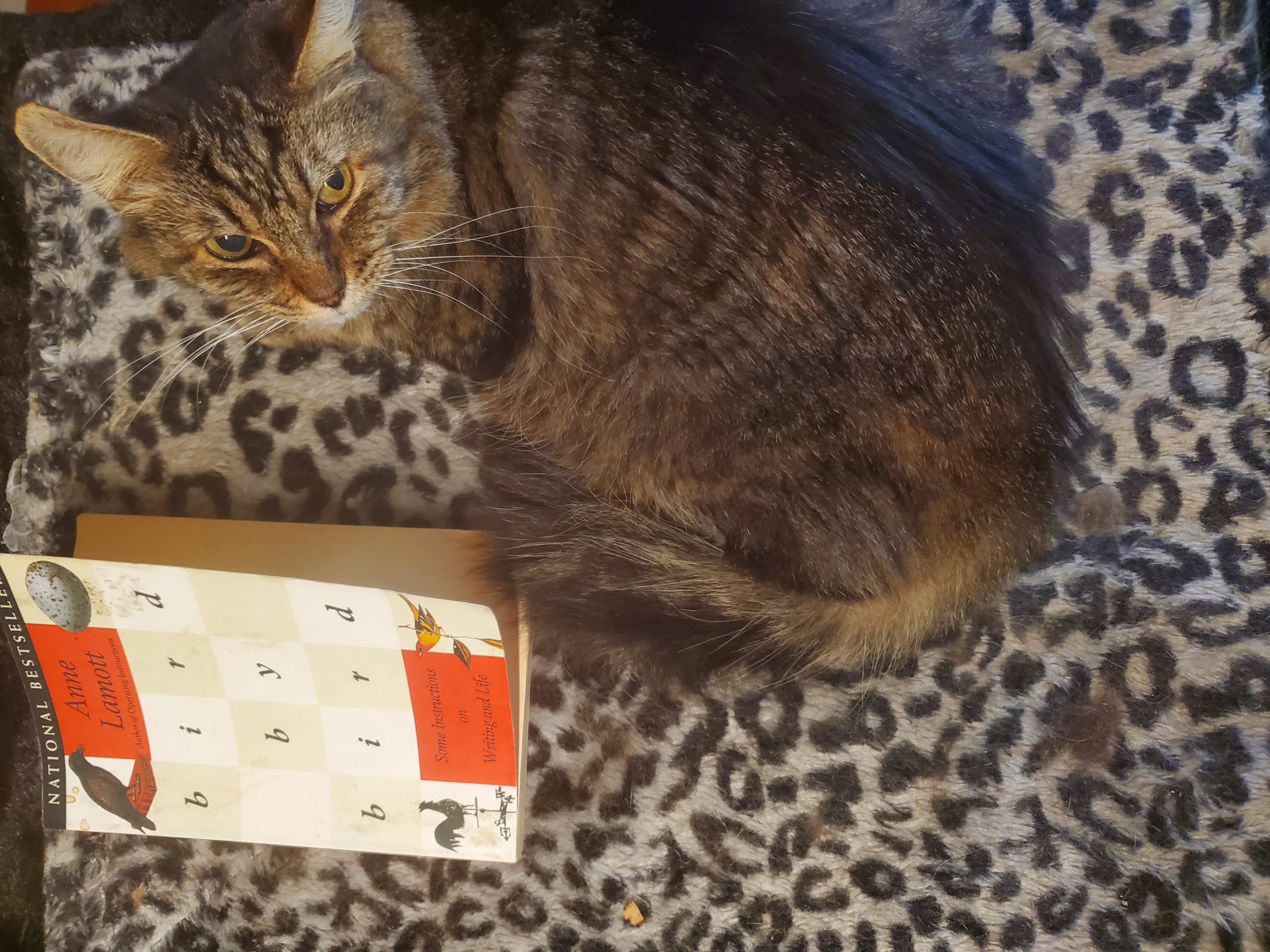
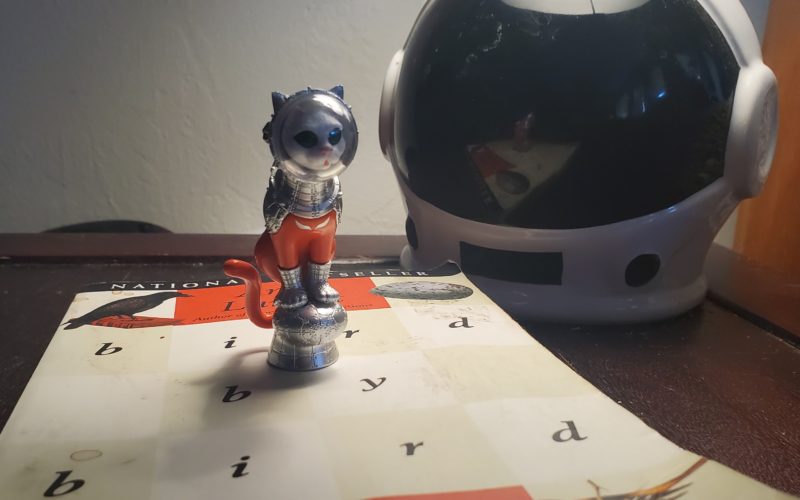
The Secret to Getting Your Short Stories Publish
Okay, maybe that's a bit of hyperbole, but not by much. In this stand alone episode we talk with Erik Klass, the entrepreneurial editor behind the submission service Submitit...